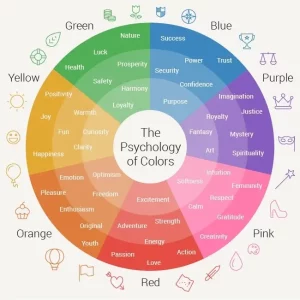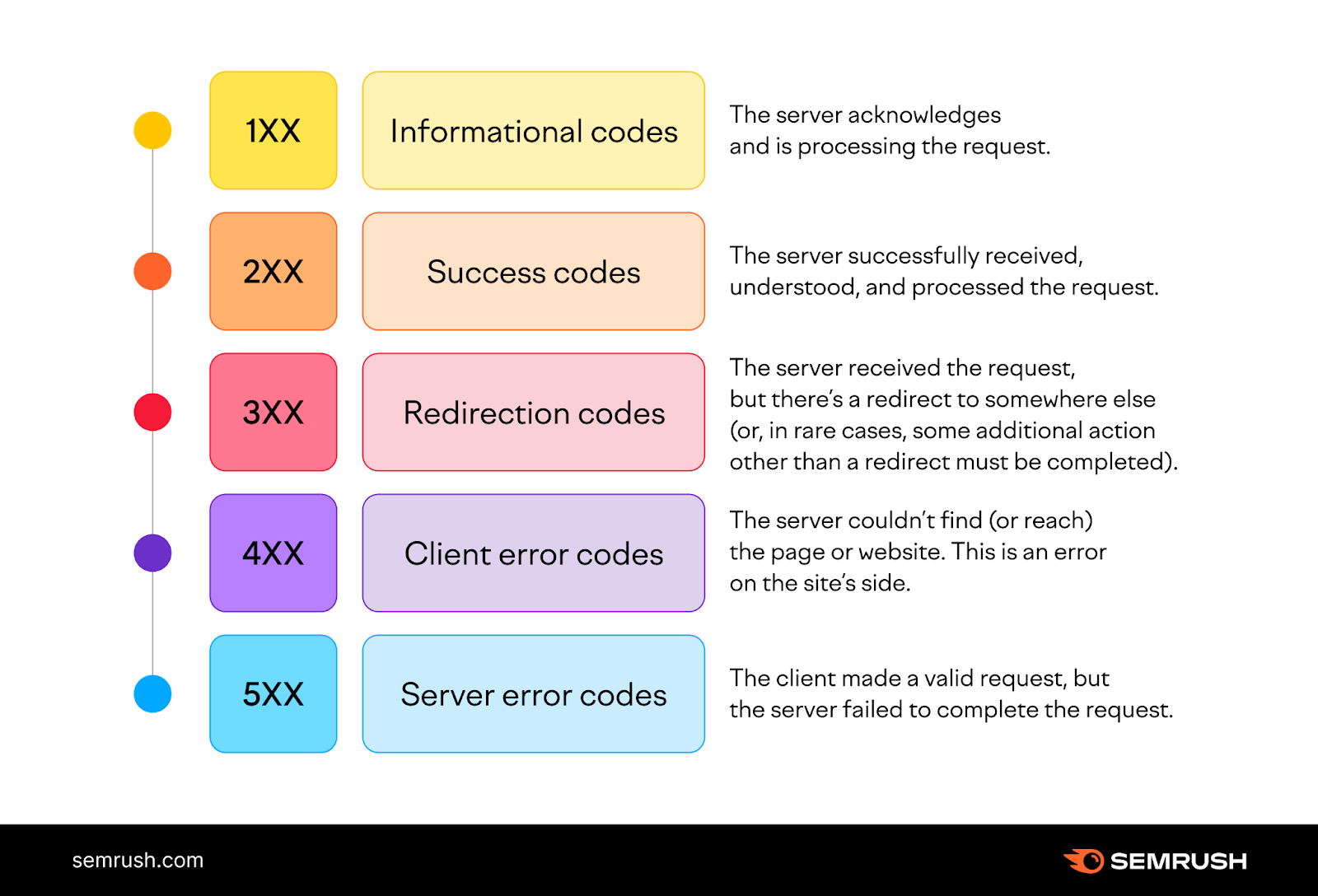Marketing is not just about reaching out to customers but also about creating an emotional connection with them. And one potent way to do so is through leveraging color psychology by using the right set of colors in your branding.
Yes, your branding or marketing campaign’s colors impact user behavior and buying decisions. One study showed that color influences a whopping 85% of shoppers’ purchase decisions.
Businesses and brands have used the technique of color psychology for many years. Color psychology helps to create a positive brand image, but it can also be used to market products that match a particular color.
In this article, we’ll look at the aspects of color psychology, how it impacts buying behavior and how you can use it to market your business.
What is color psychology?
Color psychology is the learning of how colors impact our emotions and behaviors. Different colors can evoke different emotions, and color can be used to influence our moods and behaviors.
For example, blue is a color that conveys calmness, while red displays energy and excitement.
Color psychology can be used in various settings, such as in marketing and product design, to influence consumer behavior. The technique of color psychology also enables brands to form an image or opinion about themselves in their audiences’ minds.
Colors can potentially increase brand awareness by 80%. Marketing color psychology can help businesses create a connection with their customers, which results in higher sales.
Small business owners and startups may not have the in-house expertise to decide the brand color and UI; you might consider hiring an SEO services agency to help you analyze UI and UX to improve your branding and communication with users.
Let’s now understand the meanings of different colors and how they impact so that you can pick the one that aligns with your business idea.
Different colors have different meanings.
It’s a fact that people perceive colors differently depending on their gender and culture.
Below we’ve broken down 9 different colors along with their meanings.
Blue
The color blue is often used in advertising to create a feeling of trust and reliability. Blue is seen as a calm and serene color, which can help to develop a sense of security. It is also seen as a color of power and authority.
Purple
The color purple is seen as a luxurious color. Consequently, it can be an effective color for marketing and branding initiatives. For example, a company selling high-end products or services could use it to convey a sense of luxury.
Orange
Orange is often seen as a fun, upbeat color that can help to portray excitement and energy. It can be used to grab attention and make a bold statement. When used in marketing, it can be highly beneficial in encouraging people to take action.
Red
Red is a powerful color that grabs attention and creates a sense of urgency. This color stimulates excitement and encourages impulse purchases. However, it is essential to use red judiciously, as too much red can be overwhelming and off-putting.
Green
It is well-known that green is associated with nature and the environment. Therefore, using green in marketing can help create a feeling of freshness, vitality, and growth. Additionally, green is associated with money, so it can help with notions of value and affordability.
Yellow
The color yellow is often related to happiness, hope, and optimism. Yellow is also known to stimulate metabolism and increase energy levels, which makes it a good choice for products designed to increase alertness and weight loss schemes.
Black
Black is a color of power, strength, and sophistication. In the marketing world, black can be used to create an air of exclusivity, elegance, and luxury. It can demonstrate resilience and authority.
White
White is the color of purity, cleanliness, and freshness. It’s no wonder many businesses use white in their marketing to convey these qualities.
Pink
The pink color shows off femininity, compassion, and caring. It can create a sense of warmth and approachability. It can subconsciously encourage positive feelings and associations.
Importance of color psychology in marketing
81% of small business owners already feel that using colors in their marketing helps them outsmart their competitors. This fact is enough for businesses to understand the importance of color psychology.
Apart from that, color psychology also helps to:
Depict your brand personality and culture
Color psychology can be used to help depict your company’s personality in a variety of ways. For example, using specific colors in your branding can help convey messages about your company’s values or mission. Colors can be used to influence the emotions of your target audience, making them more likely to respond positively to your brand.
Ultimately, understanding it can help you create a more effective and cohesive brand identity.
For example, as mentioned above, if you want your company to be seen as trustworthy and reliable, you would use blue in your branding. You will use yellow if you want your company to be seen as happy and friendly. Choosing the right colors for your branding can create the perfect image for your company.
Appeal to your target audience
Understanding your ideal audience is a crucial step while incorporating color psychology.
For example, when it comes to gender, men are more likely to choose blue, as said above. On the other hand, women will prefer soft colors such as pink in most cases. So depending on who your ideal audience is, you can choose a color that’s in alignment with your audience’s preferences.
Outsmart your competitors
In today’s business world, first impressions are critical. You have a concise amount of time to make a good impression on potential customers, and one of the most important ways to do that is through the use of color.
Studies have shown that specific colors can trigger different emotional responses in people, and by using the right colors in your branding and communication, you can make a positive impression that will help you highlight.
By using color psychology in your branding, you can send a communication to potential customers that you are a business that can be trusted, that you are a business that is thriving, and that you are a business that is full of energy and excitement or whatever you like to. These qualities will help you stand out from your competitors and make a positive impression.
How does color psychology impact marketing or user behavior?
When used in marketing, color psychology can be used to target specific emotions that will lead to desired behaviors, such as making a purchase.
We’ve found some exciting stats by review42 on how color psychology has been playing a pivotal role in marketing and helping brands create a powerful impact:
1. The first impression of a brand is affected by the colors used by up to 90%.
2. 93% of shoppers find visual appearance more important while making a purchase.
3. 57% of men say their favorite color is blue, while 35% of women also prefer blue.
Overall, color psychology can be a powerful tool in marketing and user behavior. By understanding the effects of colors, businesses and website owners can use color to improve conversions, sales, and engagement.
Conclusion
Choosing the right color for your business has a lot to do with your ideal audience and their interests, gender, culture, and experience. So rather than picking up any random color, it’s essential to understand color psychology and see which color works the best for your brand.







